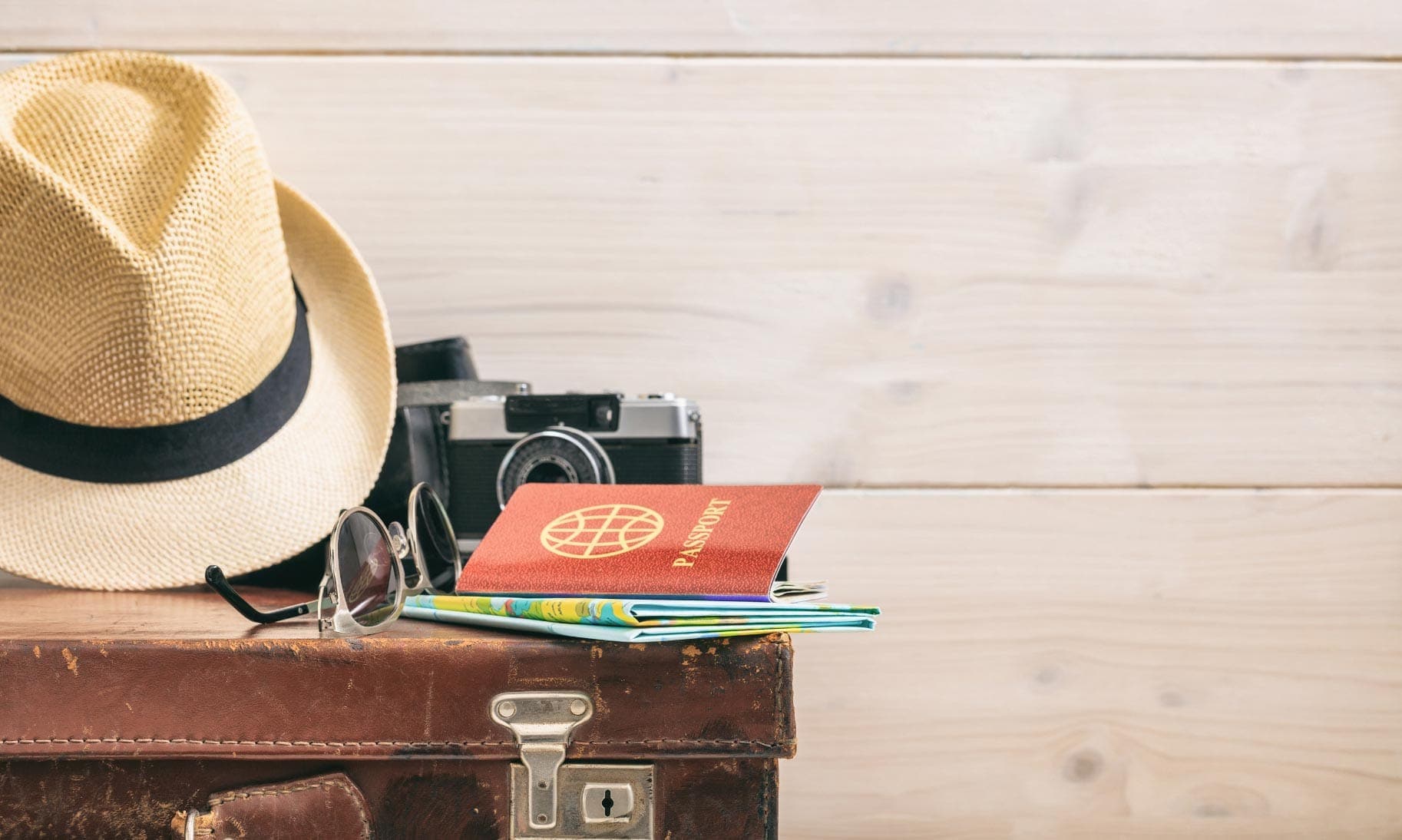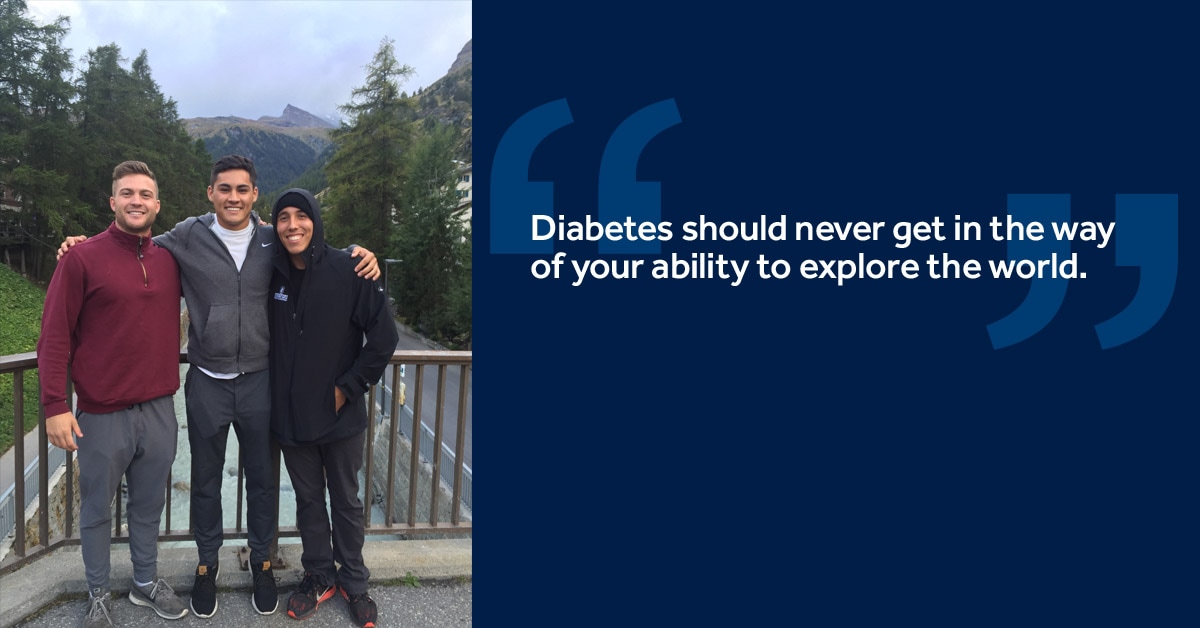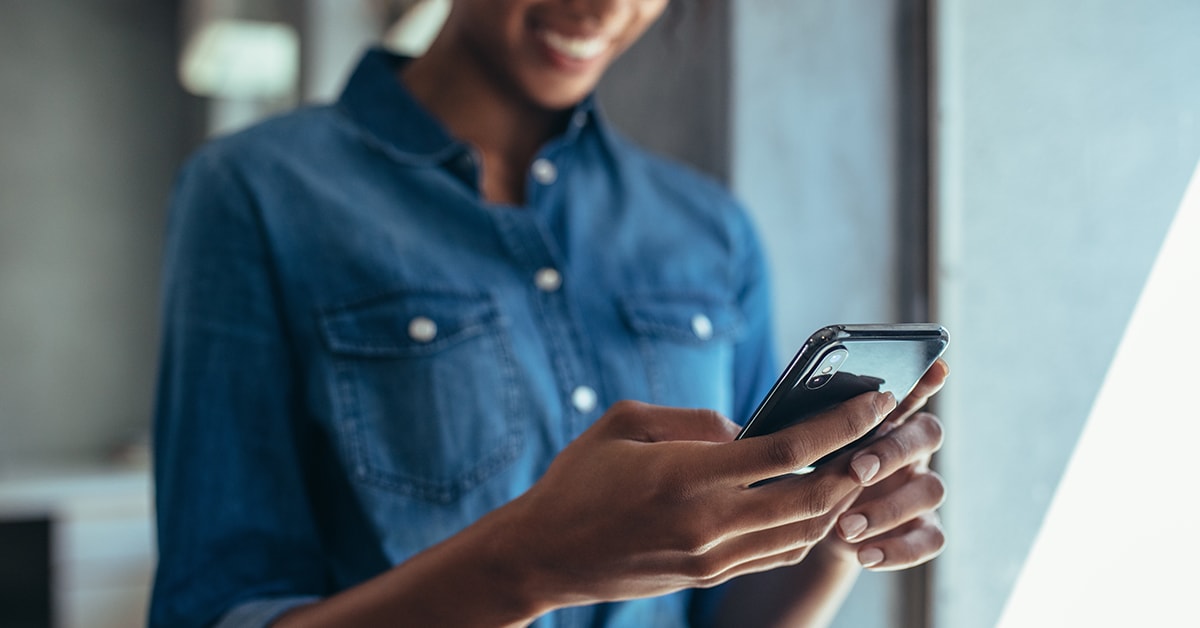How to get through TSA with these 5 diabetes devices & supplies

Whether you’re traveling for business or pleasure, everyone must pass through security before boarding a flight. But you may be wondering how to properly get your diabetes supplies and devices through the checkpoint, particularly if you wear an insulin pump or a continuous glucose monitor.
The TSA allows for diabetes-related supplies, equipment and medication—including liquids—through the checkpoint once they have been properly screened by X-ray or hand inspection. If possible, pack all your supplies together in your carry-on bag so you have everything on hand. Before your screening begins, inform the officer conducting the screening about any supplies on you or in your carry-on. Here’s how you can fly through TSA with these five common diabetes supplies:
1. Insulin Pump/Continuous Glucose Monitor (CGM)
Taking an insulin pump through airport security is quite common, but it’s always a good idea to carry the Airport Information Card when traveling. You may go through an airport metal detector with your insulin pump and CGM, as these devices are designed to withstand common electromagnetic interference. However, we do not recommend going through an airport body scanner with your pump or CGM, as Medtronic has not determined advanced imaging technology to be safe for insulin pump or CGM devices. Explain to the officer that you cannot remove your infusion set as it is under your skin with tubing and request an alternative pat-down screening process. The same goes for if you’re wearing a CGM. If you do prefer to go through an airport body scanner, be sure to remove your insulin pump and CGM, but do not send your devices through the X-ray machine as an alternative.
2. Insulin Delivery Devices
Be sure to have proof a physician prescribed your insulin and needles by providing a professional, pre-printed pharmaceutical label identifying the medication. Travel with your original insulin box and glucose meter that shows the pharmaceutical label. You may need these items in order to board an airplane with syringes and other insulin delivery devices.
3. Insulin
It’s important not to store insulin in checked luggage, as it could be affected by severe changes in pressure and temperature. Be sure to inspect your insulin before injecting each dose, and if you notice anything unusual about the appearance of your insulin, call your doctor. Despite the general rule prohibiting passengers from bringing liquids over 3.4 ounces through security, people with diabetes may take their insulin, other medications such as Glucagon, and other liquids and gels, including juice and cake gel, through TSA checkpoints, even if they’re in containers greater than 3.4 ounces. Accessories required to keep insulin cool, such as freezer packs or frozen gel packs, are permitted through the screening checkpoint.
4. Glucagon
Similar to insulin, you may carry your glucagon in its original, pharmaceutically labeled container through airport security. Although TSA allows multiple containers of liquid or gel to treat hypoglycemia, you may want to consider alternative forms of carbohydrates, including glucose tablets, hard candy, or raisins, for ease of travel.
5. Lancets
You may go through airport security with lancets as long as they are capped and carried with your glucose meter with the manufacturer’s name embossed on the meter.
If you encounter difficulty when trying to pass through airport security, ask to speak with the TSA Ground Security Commissioner or the international equivalent.
You can visit the Medtronic website for more Travel Information, check the TSA website for up to date security checkpoint and travel guidelines.
Safe travels!
This article has been updated as of December 19, 2019




Blog comments
We appreciate the feedback, Karen. It was not our intent to imply that other alternative cars are a replacement for Glucagon.
I only had one incident that i was held for a while and checked 3 times almost miss my flight but the TSA agents are very apologetic because they know I have diabetes. Like most people going through TSA or Airport security it is mostly an easy process when you let them know that you have insulin pump and CGM ahead of time. I also have a tattoo that looks like a medical tag that say diabetes type 1 on my arm. All my supplies are inside the ziplock bags along with my insulin pens or vials for easy access and to show the agents.
My boyfriend has diabetes type 1. He is new to traveling so he was unaware he could take his insulin and needles to the destinations we travel to. Each time he just buy insulin and needles when we get to our destination and discard it before we return. It was brought to my attention that he can just take his insulin and needles with him. I see that some comments are saying make sure insulin has his name or prescription attached. If his insulin and needles are brought as a generic brand ( generic brand is cheaper than copay) from walmart, what can he bring to prove that he in fact does have diabetes and that it is his medicine. He usually buy the needles in a bulk box so they are in packs of 10 (i believe) and his novalin comes in a small box. Can his doctor just write up a letter but what would it possibly say?
Tisha, thanks for reaching out. If your boyfriend is purchasing insulin without a prescription, a letter from his healthcare provider should work. I encourage you to check with the TSA for specifics on what the letter should include.
I am going abroad for my studies to canada
And i had a question, how much infusion sets and supplies will i be allowed to carry with me with me or in my luggage
I wanted to know how many of infusion sets i can take with me as i dont want to get any trouble
This will be a great question for the customs office in Canada. They will have the most up to date information.
I am escorting my minor grandchild to airport to fly home going thru security I have a medical alert braclet I never take off a continuous diabetic device and a prosthetic breast what do I do just ask for pat down and inform them of the above info
Hi, Sandra. Your pump and CGM are safe to go through a metal detector, but should not go through any x-ray devices or a body scanner. Alert the TSA that you have these items and you should be offered an alternative screening process. We're unable to speak to your other devices. Have a good trip!
My lancets and pen needles come in boxes and are over the counter and are not prescriptions, so there is no proof a doctor prescribed them. Will I get stopped at check in? Also, Do I have to keep them in their big boxes? They won’t fit in gallon zip lock bag with other diabetic supplies.
In most cases, this should be fine. But please check the TSA website for the most up-to-date information. For example, on their website for Unused Syringes, it states "Unused syringes are allowed when accompanied by injectable medication. You must declare these items to security officers at the checkpoint for inspection. We recommend, but do not require, that your medications be labeled to facilitate the security process." I hope this helps!
It still isn’t clear whether the pump or CGM will set off the metal detector. I know it is safe for the devices to go through the metal detector, but will they cause it to alarm? I’ve had TSA agents give me a hard time with another brand of pump that set off the metal detector, and they made me go through the body scanner. Opting out wasn’t an option.
Hi, Desiree. Your pump should not alarm in the metal detector, but it is always a good idea to notify the TSA agent(s) before the screening process begins. The full body scanner is a form of x-ray. If you choose to go through the full body scanner, you will need to disconnect and remove your insulin pump, and, if using continuous glucose monitoring (CGM), remove your sensor and transmitter prior to the scan. Also, according the TSA website - at any time during the screening process, you may request private screening and have a witness of your choice present.
We hope this helps! We have more information here: https://www.medtronicdiabetes.com/customer-support/traveling-with-an-in…
So here is my story with TSA, regarding CGM’s and Insulin Pumps. Now keep in mind that I do have TSA Precheck as well.
I flew only a couple of days ago, both on 9/23/2023 and 9/26/2023 for work respectively. The following was my interaction with TSA at my home departing airport.
I arrived at my airport, in plenty of time, knowing full well that I would have to undergo alternative security screening methods. I checked my bag, had my boarding pass printed and headed to security. Upon arriving at security, my ID and boarding pass were checked, as you would normally expect, and I proceeded to the “PreCheck” line. As with most PreCheck lines they are either non existent, or very short lines to begin with. I placed my backpack on the x-ray scanning belt, removed my wallet and keys from my pocket and placed them in my backpack. Now with TSA PreCheck, for those who aren’t familiar with the program yet, allows you to leave on belts, shoes, wedding rings, watches and light jackets or sweatshirts. I was then directed to go through the metal detector. Prior to going through, I informed the TSA agent that I was wearing an Insulin Pump and a CGM in my right arm. He proceeded to tell me that wouldn’t affect the metal detector at all. I walked through and what do you know, it sounded! So I showed him that there was a small metal clip on the back of my insulin pump that kept it clipped to my belt, which he still said that shouldn’t matter. He had me take my belt off, and now my shoes and send them through the x-ray machine. Which I did. He had me walk through the metal detector again. I did and low and behold, it sounded again! I told him that I would need to go through a pat down. He told me he wouldn’t pat me down and insisted that I go through the full body scanner. Which is when I presented him with a piece of documentation that stated I cannot disconnect nor expose my CGM and Insulin Pump to the exposure of either the luggage x-ray or the full body scanner.
Here’s where it gets hairy folks. The TSA literally through a teenage hissy fit. Saying they never heard of their full body scanner hurting medical devices, that people with pacemakers go through the full body scanner, why can’t I? I proceeded to tell them that my insulin pump would be damaged, according to manufacturer’s specifications, and that unless he was personally going to guarantee that I would have a replacement insulin pump which could cost upwards of $10,000 dollars, that I was not going to step foot into that full body scanner.
It’s at this point where their attitudes change because you are requiring them to go above and beyond their normal duties that they are used to. And because of this, the way they may treat you could result in the interactions that I had. The discrimination and out right rudeness of the TSA agents who had now started to congregate around me as if I were a prisoner being transferred from a maximum security prison was intense. Some of the berating about not using the full body scanner and be told I was being stubborn were uncalled for, but depending on your airport, your agents training and the general mood they are in that day, expect some form of hostility or pushback about not using the full body scanner.
I have filed complaints with the TSA about the treatment I received from the Agents at both my home airport and departing airport as the same similar situation with much more frustration and some colorful language was used at the other airport.
I have yet to hear back from TSA. But when I do I will make sure to update this.
I feel that TSA should be made aware of what insulin pumps are, how important they are, and that we as diabetics can’t just stop using them or cave into the demands of TSA just because it makes their jobs easier. We didn’t wake up one day and chose to have type 1 diabetes, I’m pretty sure every Type 1 wishes they could just close their eyes click their heels like Dorothy and wish away their diabetes. But it’s not that simple sadly.
TSA do better. Train your people better, and stop hiring people that have constant and consistent bad attitudes. And especially take it out on people who have life altering and life threatening medical conditions.
Pagination
Post a new comment
Required fields are marked *